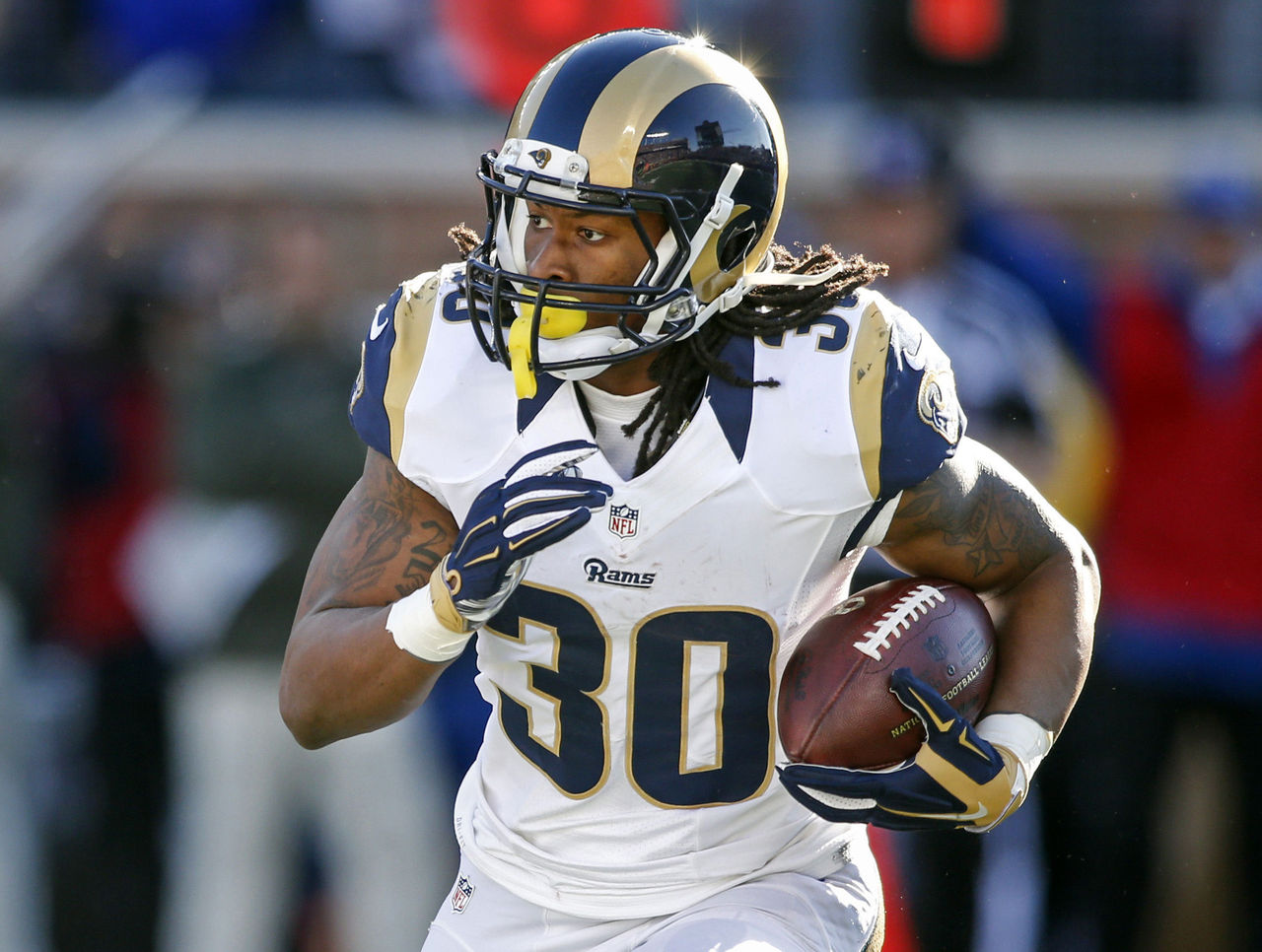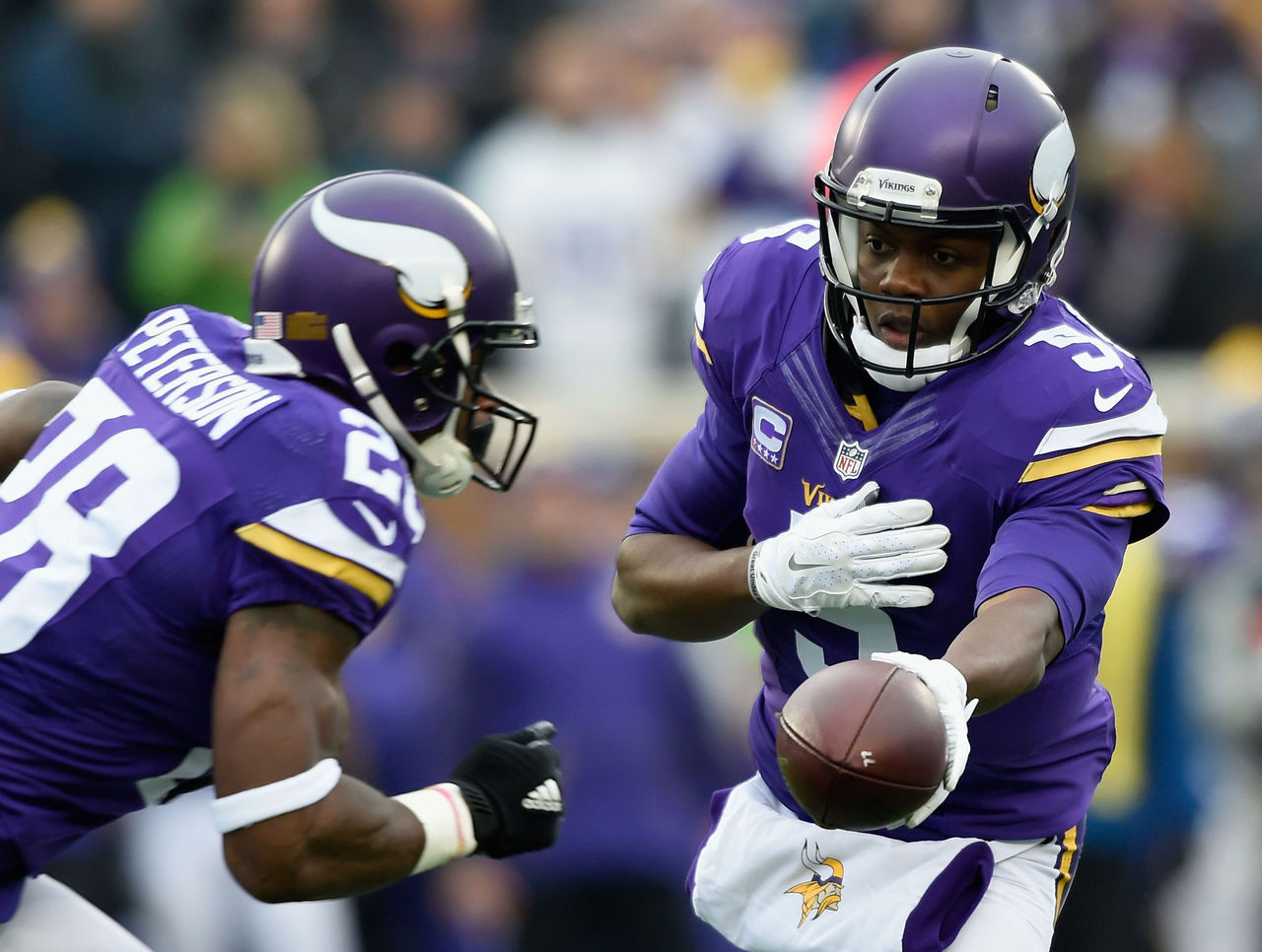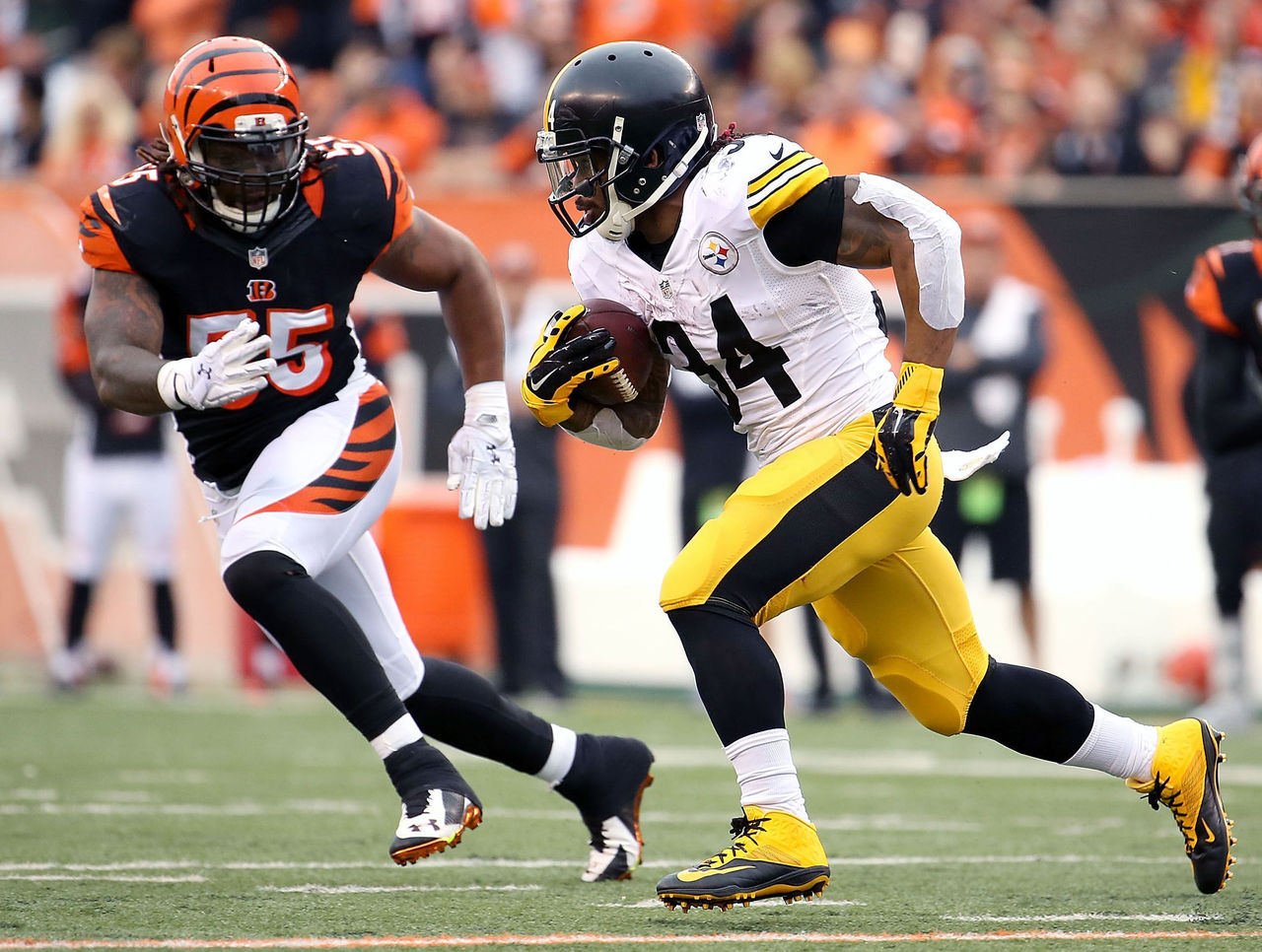Choosing the right players to keep in fantasy football
Keeper leagues come in countless forms - and the rules make all the difference in determining which players to keep from season to season.
Some leagues increase the cost of keeping a player for each season he's retained, escalating their value in terms of draft round or auction dollars, depending on the format. Some leagues place a limit on the number of seasons a player can be kept. Others allow players to be kept indefinitely, a throwback to the real-life pre-free agency days.
Throw in the variable of how many players a team is allowed to keep each season and it should be pretty clear that keeper leagues, like snowflakes, do not abide by hard-and-fast rules and strategies.
What we can offer, however, are five philosophical points to consider when making the decision on which players to carry into the next season.

Weigh future upside against present ability
Like the stock market, the goal in selecting keepers is to recognize where a player's value is trending. Buying early on a young player can yield a high-value keeper at a very low cost in leagues with escalating keeper terms.
But simply gambling on youth developing into Pro Bowl talent through natural maturation can also cause plenty of headaches.
When the Los Angeles Rams made QB Jared Goff the first overall pick in the 2016 draft, they were envisioning the sort of cornerstone pivot that could lead the team to glory in its new home. But buyer beware: past experiences show that the development pipeline isn't always a straight shot from uber-prospect to All-Pro - just ask former Rams No.1 pick Sam Bradford.
So, while luck plays a factor, you also have to balance future potential and current ability. Goff might be the future but Tom Brady, Drew Brees and Carson Palmer are the now. Unless you're playing in a strict dynasty format where movement for young players is nearly non-existent, your near future will likely be a lot brighter if you trust in the players you already know.

Shy away from (or embrace) volatility
The best players in fantasy combine physical ability, opportunity and good health for elite statistical production. The fewer keepers that your league allows, the more crucial consistency becomes; you're not passing up RB Todd Gurley to take injury-prone RB Jamaal Charles, even if the latter has demonstrated a higher ceiling over a much longer career.
Of course, sometimes you need to strike gold to bust out of a bad keeper situation. Perhaps you traded your high draft picks for an all-or-nothing playoff run last year; maybe you kept Peyton instead of Eli after the 2014 season, only to see him ride off into retirement a year later.
Whether by design or sheer bad luck, if you enter 2016 with a weakened outlook, it's a good idea to swing for the fences. Maybe Kirk Cousins finishing eighth among QBs in points last season was a fluke, but if it's the beginning of his prime, you have the opportunity to get in on the ground floor of a near-elite talent entering his best years.
The greater the number of keepers, the more volatility I would encourage. If my league allows three keepers, I typically choose two high-floor options and one high-upside player.
Rookie Raiders WR Amari Cooper finished just inside the top-25 wideouts in standard fantasy leagues last season. While there's the potential for a sophomore slump in year two, he could also make the jump to top-10 player if things break right for him. I can mitigate the risk of Cooper failing to reach his ceiling by pairing him with a strong WR1 like Antonio Brown or Julio Jones.
Acknowledge positional weakness
Players who are new to keeper leagues can make life easier by balancing out their keeper situations by position. This can cut down on volatility by bringing even-keeled positional strength to the lineup. If you have four keeper spots, consider splitting the spots up evenly between RBs and WRs. Experienced players will have to be more deliberate than that to gain an edge.
RBs and WRs (and Gronkowskis) dominate the keeper selections because of the fungible nature of positions like QB and the sub-Gronkowski tier of tight ends. The difference between the top QB and the 10th-best QB is a lot closer than that of the 10th-best WR and the 30th-best (standard leagues have one active QB slot with three spots for WRs).
The majority of QBs will outperform all but the best RBs and WRs, but the best RBs and WRs tower above the talent pool at their own positions. For that reason, it's typically a better idea to gamble on the volatile upside of a non-QB rather than using a precious keeper pick on a QB where the 10th QB off the board isn't going to be that much different than the fifth.
In other words, unless there's a cost-based value to be had (low draft round compensation; low auction price escalators), the best bet is to stick to high-end non-QBs as keepers, just like how few QBs get drafted in the first several rounds of a redraft league.

Identify job security
Keep an eye on the future. If you select a player, will there be direct competition for his job in the near future? Using a keeper pick on a franchise quarterback like Cam Newton is a no-brainer, but with middle-aged RBs, WRs and TEs, job security is fleeting and the pipeline of younger, cheaper talent is waiting to steal the spotlight when the veterans stumble.
The older a skill position player is, the higher the chance of injury and the more pronounced the general atrophy of physical ability becomes. You don't want to move on from a quality keeper option when he still has something left in the tank (see: Adrian Peterson) but you also don't want to be left with the bill when his value drops off a cliff (see: Maurice Jones-Drew).
Real-life player contracts are typically structured as such that they offer very little job security on the player's end, but it's important to consider a player's potential offseason moves when selecting your keepers. The last thing you want is your elite wideout joining a team with an inferior quarterback situation (see: Randy Moss, circa 2005).
Be mindful of potential player movement so that you can buy or sell players before their demand drastically changes. At the right price, Matthew Stafford could've been a keeper in deep leagues. After news broke that top receiving option WR Calvin Johnson was retiring after the 2015 season, Stafford's value bottomed out; his short-term keeper appeal vanished.

Stick to the process
Keeper leagues allow for patience; in fact, they often encourage it by rewarding owners that stick with their young players as they mature into Pro Bowlers.
If you're at the bottom of the standings, target low-upside veterans that are performing well. These will become valuable trade chips to contenders down the stretch, allowing you to net better draft position or improve your keeper outlook. When you're building to compete two years down the line, you don't have much of a need for a short-term stopgap like RB DeAngelo Williams.
Inversely, when your plan is coming to fruition, you'll have to decide whether it's worth mortgaging your future -- trading away young, controllable players for present-day production - to chase a championship. Real-world teams in every sport make that decision every year; sometimes it works.
In the end, the goal in any fantasy league is to win; one title can justify years of also-ran status. It all starts with the right foundation. Don't take the decision of which keepers to select lightly; they will become the building blocks for your future successes - or failures.